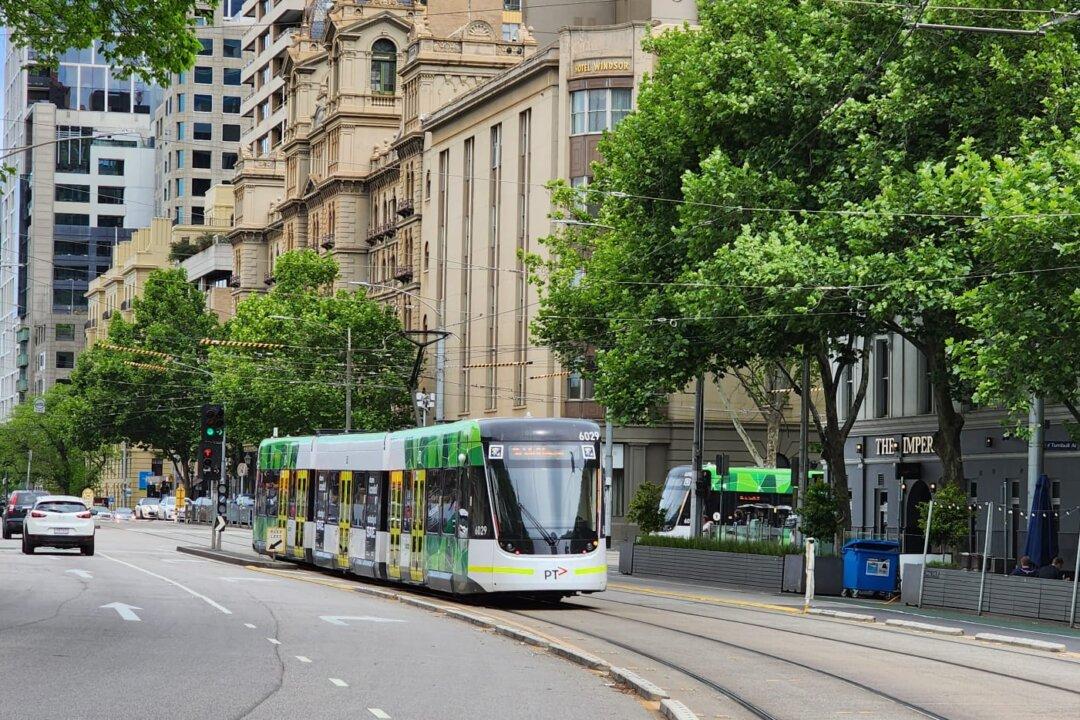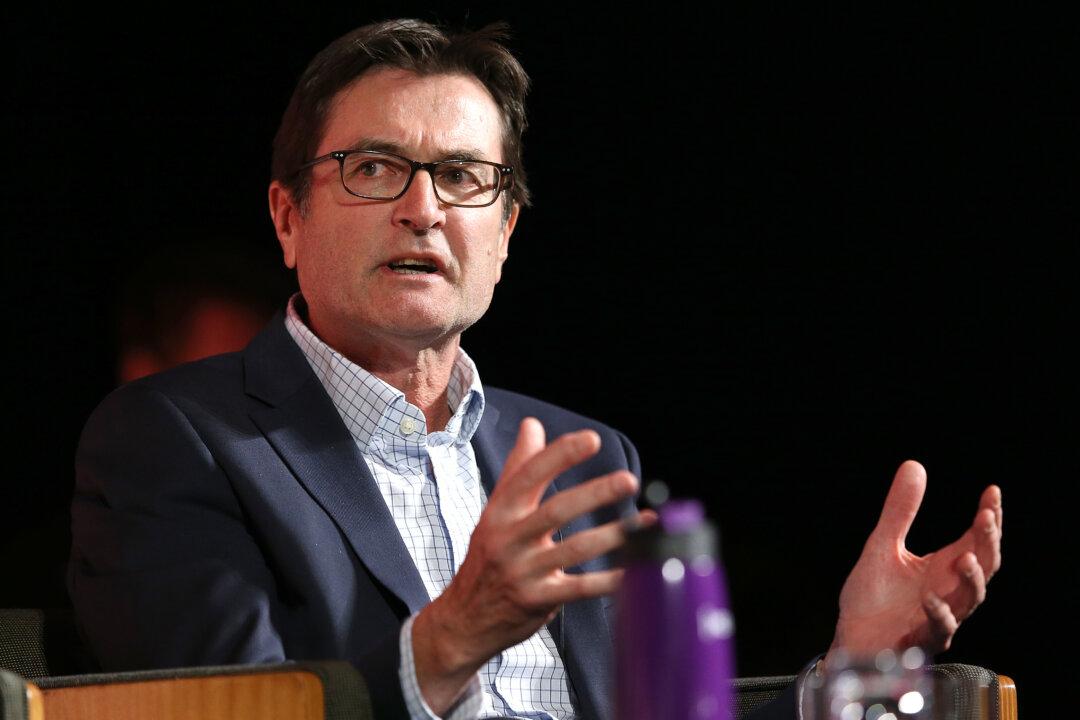Scott Hargreaves, executive director of the Institute of Public Affairs (IPA) in Melbourne, has criticised Energy Minister Chris Bowen over his claims that a nationwide transition to nuclear energy will cost taxpayers $387 billion (US$249 billion).
“The energy minister is not being fair dinkum with Australians about the cost of nuclear and our energy future. It’s about time he was honest with Australians about the cost of the federal government’s flawed renewables plan,” Mr. Hargreaves said in a statement.





